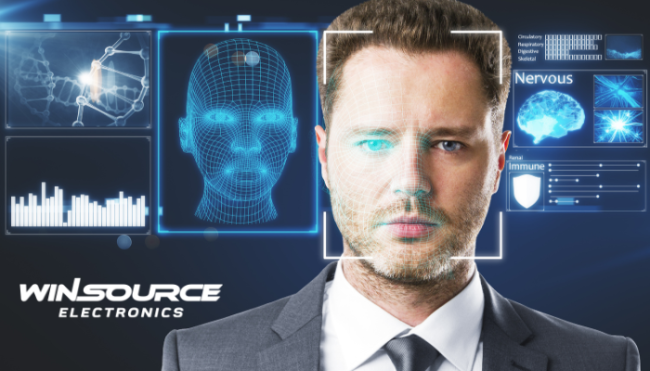
* Question
What is the basic principle of face recognition technology?
* Answer
Face recognition technology is a biometric identification method that analyzes and compares facial features to verify or recognize a person’s identity. It operates through a sequence of image processing and pattern recognition steps, combining computer vision and machine learning techniques to achieve accurate identification.
1. Image Acquisition
The process begins with capturing a facial image using a camera or sensor.
Depending on the application, this can be a 2D image (e.g., from CCTV or mobile cameras) or a 3D scan (e.g., from structured-light or infrared systems).
To ensure reliability, the system must handle variations in lighting, angle, expression, and occlusion (e.g., glasses or masks).
2. Face Detection
Once the image is captured, the system performs face detection to locate and isolate the region containing a face.
Techniques such as the Haar cascade classifier, Histogram of Oriented Gradients (HOG), or deep convolutional neural networks (CNNs) are used to distinguish the face from the background and other objects.
3. Feature Extraction
In this stage, the system identifies and encodes distinctive facial features — such as the distance between the eyes, shape of the nose, contour of the jawline, and texture of the skin.
Modern systems use deep learning models (e.g., convolutional neural networks like FaceNet or ArcFace) to generate a unique feature vector or embedding, representing the face as a numerical pattern.
4. Feature Matching and Classification
The extracted feature vector is then compared against stored templates in a database.
- In verification mode, the system checks if the face matches a claimed identity (1:1 comparison).
- In identification mode, it searches across multiple stored templates to find the closest match (1:N comparison).
Similarity is measured using mathematical distances (e.g., cosine similarityor Euclidean distance).
5. Decision and Output
Finally, the system outputs a match score or identification result, determining whether the person is recognized or not.
Threshold values are adjusted based on the desired balance between accuracy and false acceptance/rejection rates.
Summary
Stage | Function |
Image acquisition | Capture the facial image |
Face detection | Locate and isolate the face in the frame |
Feature extraction | Encode unique facial traits |
Feature matching | Compare facial embeddings against database templates |
Decision | Verify or identify the individual |
In summary, face recognition technology transforms raw visual data into mathematical facial representations, enabling accurate and automated identity recognition. Its performance depends on robust image processing, feature extraction algorithms, and large, well-trained neural networks that can generalize across diverse real-world conditions.

COMMENTS